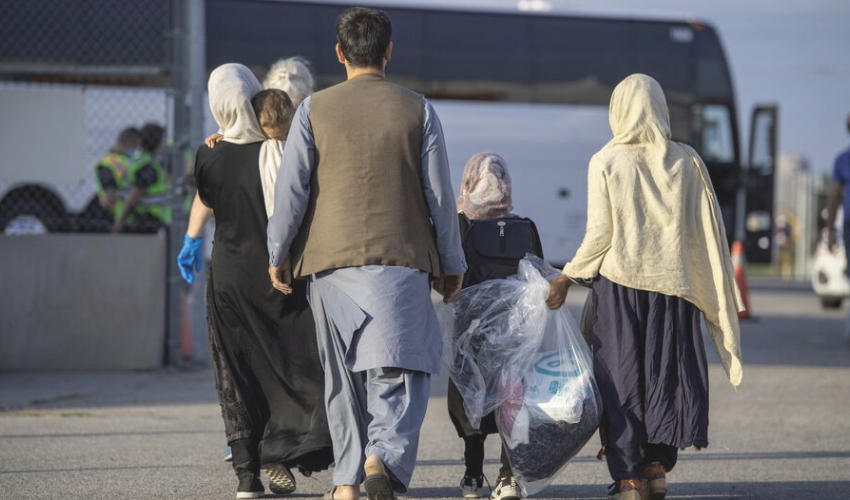Kathmandu was blanketed in thick, acrid smog on Thursday as wildfires spread across Nepal, pushing air pollution levels to among the worst in the world.
Experts attributed the intense pollution to widespread wildfires, which were exacerbated by an exceptionally dry winter and stagnant atmospheric conditions.
PM2.5 levels, which refer to cancer-causing microparticles that enter the bloodstream through the lungs, surpassed 178 micrograms per cubic metre, according to Swiss monitoring firm IQAir. The World Health Organization (WHO) considers levels above 15 micrograms in a 24-hour period to be unhealthy. IQAir ranked Kathmandu as the most polluted city globally on Thursday.
Nepal faces a wave of wildfires each year, typically beginning in March. However, in recent years, the frequency and intensity of these fires have worsened, largely due to climate change and drier winters. "The prevailing dry conditions have significantly increased the frequency of forest fires across the country, further worsening air pollution," said Khushboo Sharma, an air pollution analyst at the Kathmandu-based International Centre for Integrated Mountain Development (ICIMOD).
Sharma also explained that this year's exceptionally low precipitation had left forests dry and more prone to fire. "This year, precipitation was exceptionally low, with hardly any rainfall, leaving forests dry and more susceptible to fire," she added.
Furthermore, stagnant meteorological conditions contributed to the accumulation of pollution over the Kathmandu valley. As a result, many residents complained of stinging eyes and itchiness due to the toxic air, sharing their discomfort on social media.
The dense smog also led to poor visibility, which disrupted flights at Kathmandu's airport. Rinji Sherpa, the airport's spokesman, confirmed, "The mountain flights... as well as some other flights have been disturbed because of the pollution."
In response, Nepal's health ministry issued a notice on Wednesday urging the public to "avoid unnecessary travel" and wear masks when outside. The government also called on citizens to refrain from construction activities and burning rubbish to help reduce the pollution.
According to the Air Quality Life Index, issued by the University of Chicago, air pollution in Nepal was predicted to shorten the life expectancy of the average Nepali by 3.4 years in 2024.



























